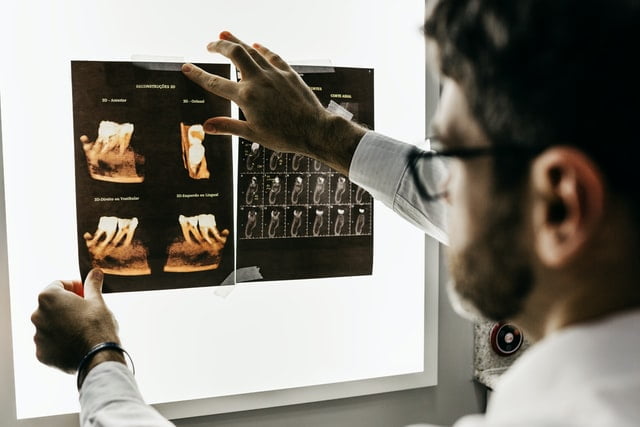This is probably the first time you’ve ever heard the term ‘bone graft’ being used, especially when talking about dental work. It’s much more likely you’ve heard of the term ‘dental implant’ though, which is quite ironic since dental bone grafts and dental implants are two operations that are paired together most of the time.
Dental bone grafting, although it sounds scary, is actually quite a minor surgery one might go through if they are experiencing jawbone issues, or planning on getting a tooth implant. Dental bone grafting is one way to get your oral health on track, since the jaw is an important factor in your overall health.
What Happens During A Dental Bone Graft Procedure?
During a dental bone graft procedure, your dentist will make a small incision in order to expose the bone of your jaw that needs the graft. He will then graft the new bone material to that spot. What happens next is your body will create new bone cells around the graft, which builds up the bone where you need it.
How Do I Know If I Need A Dental Bone Graft?
Bone grafting would be necessary for you if you have lost an adult tooth, had gum disease or just generally do not have a sufficient amount of healthy bone in your jaw. If this is the case and you need to get a dental implant, then you would also need to receive a dental bone graft.
Types of Dental Bone Grafts
There are three main types of bone grafts that you may need, depending on the dental issue you might have.
- Block Bone Graft
For this type of bone graft, your dentist will actually use a piece of bone from the back of your jawbone to replace whatever bone you’re missing in your jaw. - Socket Graft
This is the kind of dental bone graft you receive when you get a tooth extracted. This is a preventative measure against bone loss when you have a missing tooth. This prevents the body from absorbing the bone mass around your jaw due to the missing tooth, and keeps it ready for the dental implants you will receive later to replace your missing tooth.
Sinus Lift
This type of bone graft is useful for those experiencing sinus issues after getting their top molars removed. Sometimes, a portion of the sinus moves downward, filling in the gaps left by the old teeth. The goal of the sinus lift is to return your sinuses to normal and repair the holes with a bone graft.
Is A Dental Bone Graft The Right Option For You?
If you’re experiencing any of the issues outlined above, tooth loss, gum disease, sinus issues, or jawbone issues, then a dental bone graft may be the right decision for you.
Do you need dental services in the Newmarket area? Dentistry in Newmarket has you covered whether that be emergency dental services or consultations. Contact us today!




Recent Comments